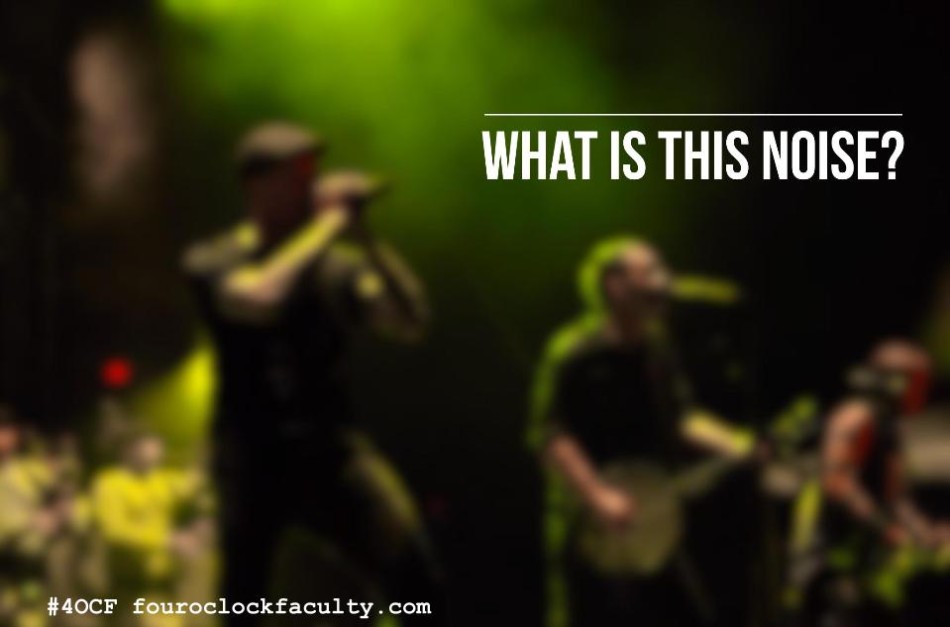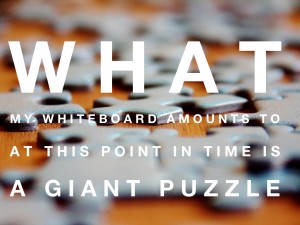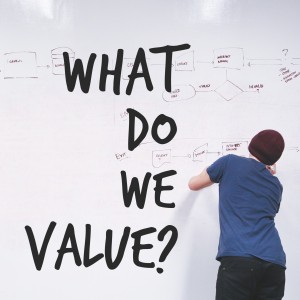I have been staring at a whiteboard for the past several days with marker in hand. One of my job responsibilities is to plan our district’s professional development for a little more than 300 instructional staff members. As I plan, I am trying to find time for state mandated training, new curriculum initiatives, and learning that is relevant to staff needs. Using the whiteboard, I am trying to map out locations, trainings and schedules. I am also tasked with fitting teachers into multiple trainings that are necessary for them, while trying to fill in other trainings with teachers who may have an open spot on the schedule. The professional learning time is limited. While we have more time than last year, we have a number of new programs that we are trying to implement this year.
As I attacked the puzzle and mapped out the schedule and locations, I listened to music. I always listen to music. A wide variety of music. On this particular day, I was listening to the Dropkick Murphys. Someone who entered my office asked a simple question, “What is this noise?” I explained that it wasn’t noise, that it was the Dropkick Murphys, but I’m not sure the person was convinced.
After the person left my office, I thought about the question, “What is this noise?” I recognize that not everyone has the same musical tastes, but I guess it’s possible that someone would consider my musical tastes to be noise. This also made me think about the training that I was scheduling. Would any of it be considered noise? Would someone sit in the training and think, “Why am I sitting here? What is this noise?” I have tried to design the schedule in such a way that the training is relevant to everyone. It is still possible, however, that someone will consider it noise.
During a #g2great conversation on Voxer this week, several educators engaged in a discussion about the value that we place on certain activities or practices. Listening to the conversation, I couldn’t help but make the connection to what I was thinking about in terms of noise. I realized that when it comes to music, my colleague and I value different things. I place a certain value in the rebellious nature of punk music, particularly the Celtic stylings of the Dropkick Murphys. My colleague, however, does not share the same values when it comes to this brand of punk music.
So now, as I continue to update that whiteboard, I am trying to consider what others value. This is a difficult proposition. What you will find with any group of educators are a wide range of values. Some of those values will contradict each other. Some will think about the contradicting values cluttering an otherwise peaceful space and ask themselves, “What is this noise?”
What we must do as educators is avoid this question about noise in order to ask a more important question:
If we can open up this discussion and talk about the shared values of a team, grade level, school, or district, we have a better chance of eliminating what seems like noise. This conversation must focus not only on the what but also the why. What do WE value and why do WE value these things? After these questions are asked, important work must be done to show what actions should be taken because of these shared values. But the conversation must start with the question about shared values.
So the next time my colleague comes into my office, I will engage that person in a frank discussion about our shared values in music. I will try to figure out what type of music holds a common value for us so that we do not have to ask the question, “What is this noise?”
By @RACzyz




